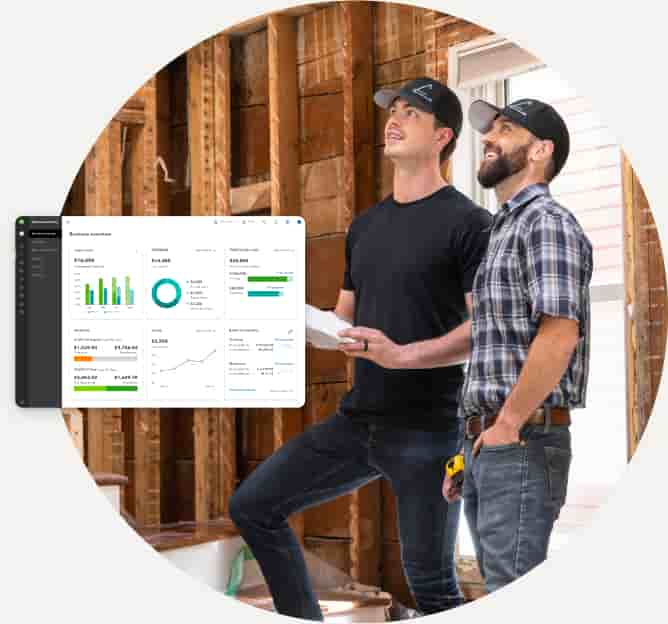Why distinguishing between direct and indirect costs matters
Understanding the difference between direct and indirect costs isn’t just about bookkeeping — it’s about making informed decisions that can impact your business’s success. Categorizing expenses correctly can help you manage your finances more efficiently and avoid costly mistakes.
Budgeting and forecasting
Knowing which costs are directly tied to your products or services and which are shared across operations helps you create more accurate budgets. For example, if you can predict how much you’ll spend on materials for a large project, you’ll be better prepared to allocate funds for indirect expenses like rent or advertising.
Setting prices
Accurately separating direct costs ensures you’re pricing your products or services to cover production costs and generate profit. Meanwhile, understanding your indirect costs helps you set prices that account for the true cost of running your business.
Financial reporting
Clear categorization clarifies financial reporting and analysis. Whether you’re preparing year-end statements or reviewing quarterly results, knowing which expenses belong where allows you to track performance more effectively and identify areas for improvement.
Supporting growth
Separating costs also helps with scaling your business. If you’re planning to expand, knowing your direct costs ensures you can manage increased production, while tracking indirect costs helps you maintain efficiency as you grow.
By understanding how direct and indirect costs work together, you can build a clearer picture of your business’s financial health and make strategic decisions with confidence.

